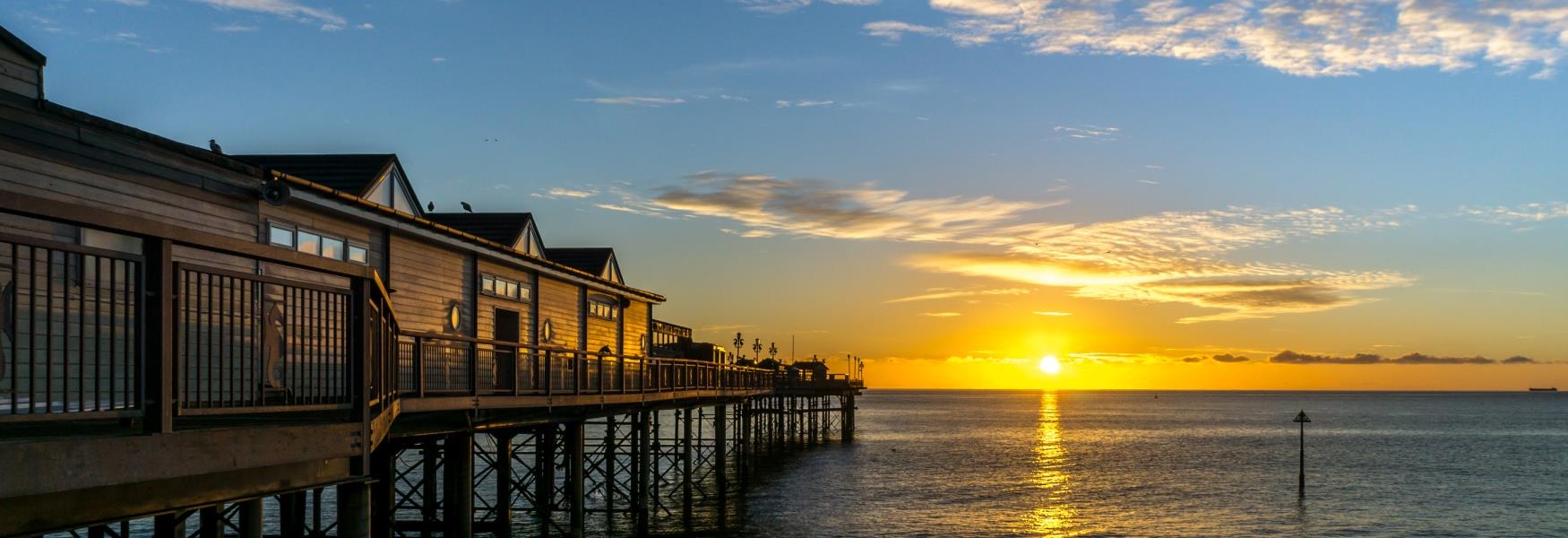Whether you're cruising in a full-sized campervan or towing a compact caravan behind your car, this scenic region offers plenty of opportunities for exploration, adventure, and relaxation. In this comprehensive guide, we’ll look at the best spots for motorhome camping, how to prepare for your journey, the different types of mobile accommodation, and practical insights into safe and comfortable travel on wheels.
Why Choose South Devon for a Motorhome Adventure?
South Devon offers a perfect mix of coast and countryside, all accessible via a network of well-maintained roads. The region is dotted with heritage towns, Blue Flag beaches, secluded coves, and rolling hills — making it ideal for road trips. Many holidaymakers prefer travelling by motorhome due to the flexibility it offers — no rigid schedules, spontaneous stops at viewpoints, and the freedom to sleep under the stars near a cliffside or woodland.
According to Visit Britain, motorhome tourism has seen a 22% increase in the UK since 2020, with Devon ranking among the top three destinations for campervan holidays. The rise in staycations and eco-conscious travel has only accelerated this trend. More travellers are now prioritising self-sufficiency, privacy, and access to nature.
Moreover, many campsites and service areas in South Devon are adapting to this growing demand, offering enhanced facilities for motorhomes, caravans, and campervans — including electric hook-ups, greywater disposal, and Wi-Fi access.
Types of Motorhomes: Which One Suits You?
There are two common ways to explore South Devon with your own mobile base:
1. Self-contained Motorhome (Campervan)
These vehicles combine a driving cabin and living space into one unit. They typically include beds, a small kitchen, a toilet, and sometimes a shower. Great for those who want an all-in-one experience with minimal setup at each stop. Modern campervans often come equipped with solar panels, satellite systems, and smart navigation tools.
2. Towable Caravan (Trailer-type Motorhome)
These are detachable homes-on-wheels that require a separate towing vehicle. The main advantage is the flexibility to park the caravan at a site and drive the car for errands or sightseeing. They are often more affordable to rent and maintain and may offer a larger living area compared to an equivalent-sized campervan.
|
Feature |
Motorhome (Campervan) |
Towable Caravan |
|
Driving experience |
Like a van |
Normal car (while towing) |
|
Interior facilities |
All-in-one, compact |
More spacious, needs towing |
|
Maneuverability |
Easier for city driving |
Requires parking skills |
|
Setup time |
Instant |
Moderate (hooking up) |
|
Detachability |
Fixed unit |
Can unhitch for day trips |
When choosing between the two, consider your route, comfort preferences, driving experience, and how often you plan to move between locations.
Preparing Your Motorhome (or Car and Caravan) for the Journey
Whether you're driving a motorhome or towing a caravan, preparation is key to a safe and enjoyable road trip. Attention to detail will prevent breakdowns, ensure road safety, and make your journey smooth from start to finish.
For Motorhome Drivers:
-
Check your tyres: Inflate to the proper PSI according to weight. Underinflated tyres are not only dangerous but can significantly affect fuel efficiency. See the pressure guide below.
-
Inspect brakes: According to buycarparts.co.uk, the braking pads and discs should be checked every 10,000 miles for heavy vehicles, especially before long-distance journeys.
Ensure water and waste tanks are working: Refill and empty as needed before setting off. This includes checking for leaks and cleaning filters. -
Test gas and electrical systems: For safety and functionality at campsites. Ensure your carbon monoxide detectors and fire alarms are functional.
-
Stock up: Bring essential tools, spare fuses, bulbs, duct tape, and a tyre repair kit.
For Car and Caravan Setups:
-
Tow bar installation: Make sure it's securely mounted and compliant with UK towing regulations. Improperly fitted bars are a common cause of accidents.
-
Check the car’s towing capacity: Refer to the vehicle manual — overloading can damage your transmission and brakes. Use a nose-weight gauge for balance.
-
Install additional mirrors: For better visibility around the caravan. It's legally required if the caravan is wider than the towing vehicle.
-
Test brake lights and indicators: Synchronise both car and caravan systems for road safety.
-
Balance your load: Store heavy items low and near the axle of the caravan. Avoid overpacking the rear.
Tyre Pressure Guidelines for Motorhomes and Towing Vehicles
Generally speaking, the heavier the vehicle is and the heavier its load, the more air pressure is required. For example, the tyre pressures for lorries and buses are significantly higher, ranging from 80 to 120 PSI (5.52 to 8.37 bar). However, it may also depend on the terrain as, when driving offroad, many 4x4 drivers are recommended to lower the PSI slightly to increase the tyre contact area on uneven and muddy surfaces.
This table represents the average pressure ranges for different categories of passenger vehicles. Please bear in mind that you should always check the manufacturer’s exact specifications.
|
Vehicle type |
Average pressure range |
|
SUV/crossover |
35 to 40 PSI (2.41–2.76 bar) |
|
Compact cars |
30 to 35 PSI (2.07–2.41 bar) |
|
Midsize cars |
32 to 40 PSI (2.21–2.76 bar) |
|
Large cars |
35 to 44 PSI (2.41–3.03 bar) |
|
Van/caravan |
35 to 65 (2.41–4.48 bar) |
Checking pressure before each leg of your trip can reduce tyre wear and lower fuel consumption.
Top Motorhome-Friendly Camping Sites in South Devon
Here are some of the best-rated spots to park your wheels and unwind:
-
Dartmouth Camping and Caravanning Club Site – A quiet location with sea views and clean facilities. Great for families.
-
Ross Park Caravan Park (Newton Abbot) – Well-maintained, pet-friendly, and close to Dartmoor. Offers laundry and play areas.
-
Slapton Sands Camping – Great for seaside stays and evening beach walks. Also close to nature reserves.
-
Riverside Caravan Park (South Brent) – Offers river views and perfect base for hiking in Dartmoor.
-
Hillhead Caravan Club Site – Overlooking the sea and near Brixham, with an onsite shop and bar.
Many of these offer hardstanding pitches, electrical hook-ups, greywater disposal, and fresh water points — all vital for a smooth campervan stay. Booking in advance during the summer is highly recommended due to increased demand.
A Suggested 4-Day Itinerary
Day 1: Arrive in Totnes, explore local markets, galleries, and riverside walks. Camp at Steamer Quay Caravan Club Site.
Day 2: Head to Dartmouth via scenic A379. Visit Dartmouth Castle, take a river cruise, and enjoy fresh seafood in the evening. Camp at Dartmouth Camping and Caravanning Site.
Day 3: Drive inland to Dartmoor National Park, stop by Widecombe-in-the-Moor for cream tea, hike to Haytor, and camp at Langstone Manor Park.
Day 4: Relax in Teignmouth by the sea, visit the Victorian pier and promenade, and head back home after lunch.
This itinerary can be adapted for longer stays or different routes — ideal for both first-time visitors and returning adventurers.
Final Thoughts
Exploring South Devon in a motorhome or with a caravan in tow offers an unforgettable way to experience the natural beauty, coastal charm, and relaxed pace of this stunning region. With the right preparation, a bit of planning, and attention to safety, your journey can be as smooth as the coastal breeze.
Whether you choose the comfort of a self-contained campervan or the flexibility of a towable caravan, South Devon is ready to welcome you — wheels and all! From beachside picnics to rugged moorland hikes, the open road leads to rich discoveries. So fuel up, buckle in, and enjoy the ride.
"Sponsored"
Related
Comments
Comments are disabled for this post.



 to add an item to your Itinerary basket.
to add an item to your Itinerary basket.









